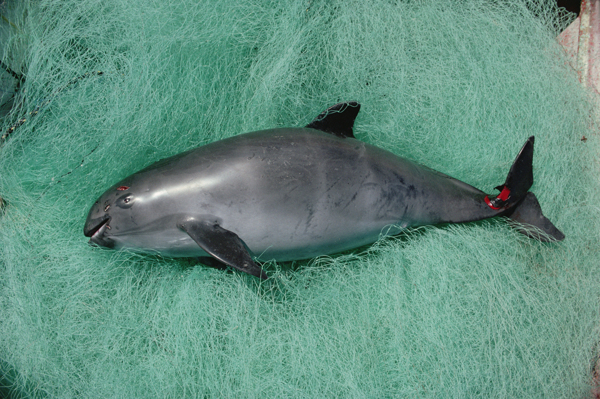Nobody has seen a South China Tiger in the wild since the 1970s and, save for some local reports of indirect evidence of their survival, most biologists consider them to be “basically pretty screwed”.
Back in the 50s, their numbers were estimated at around 4,000, but they fell under the cross hairs of Chairman Mao’s “pest control” program as part of the “Great Leap Forward”. It is thought that, if they survive at all, their number are probably below 40.
Despite the fact that there are some “rewilding” efforts for the tigers that we have in captivity, many conservationists are actually sceptical of the project, asserting that the time and money would be better spent conserving the Siberian tiger, which has a better chance of survival.









